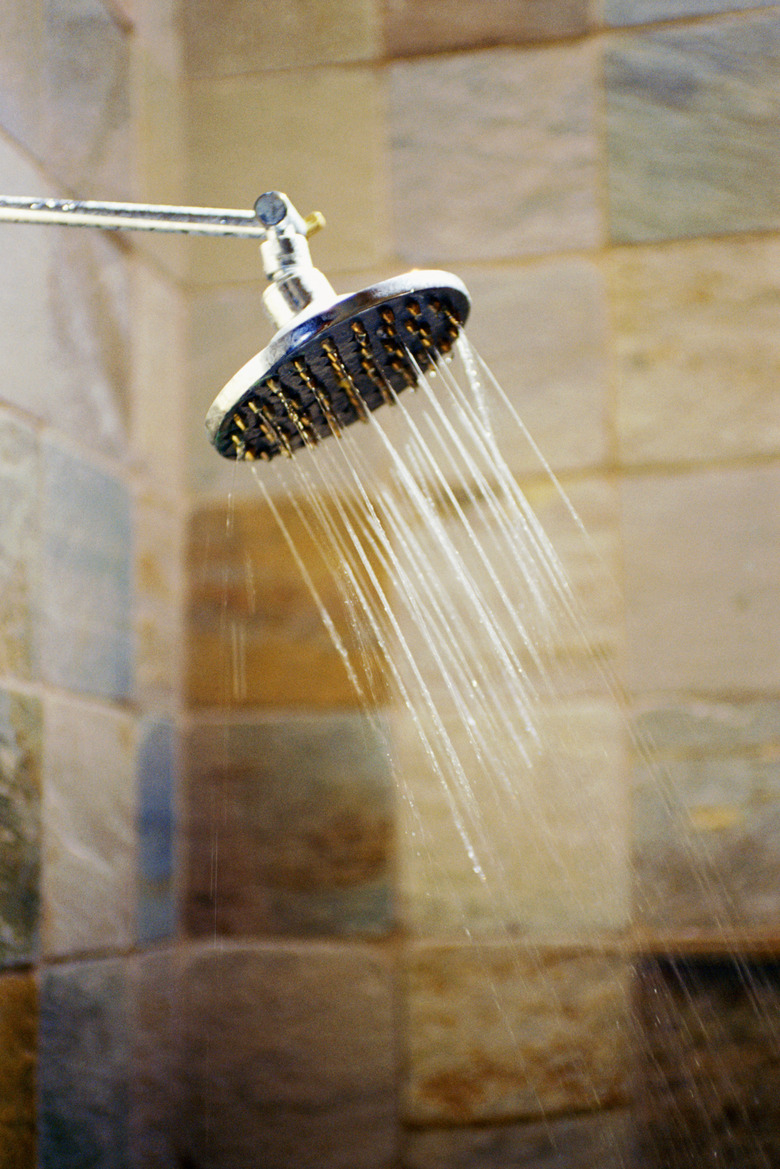Sediment Is Clogging My Hot Water Pipes. How Do I Flush It Out?
Things Needed
-
Garden hose
-
2 coins or rubber stoppers, depending on faucet sizes
Sediment, like built-up rust or hard water minerals, can accumulate in your home's hot water pipes, eventually disrupting the water pressure. Backflushing cold water through your hot water pipes can clean out the sediment and may improve water flow without having to take apart the pipes in your home. Before attempting this project, verify that your faucets are not causing the clog. If you have hard water or a lot of sediment in your water, it is a good idea to perform this maintenance annually.
Step 1
Turn off the water heater and close its inlet valve. If it is a gas heater, ensure the pilot light is out too. Connect the garden hose to the heater's drain, place the end in a floor drain and open the drain at the bottom of the water heater. Be sure the water pours into the floor drain.
Step 2
Plug the farthest faucet from the water heater by placing a coin or rubber stopper in the faucet's aerator, and screwing the aerator back on. If your home has two levels, the farthest faucet is likely on the second floor.
Step 3
Turn on the cold water at the plugged faucet and let it run for 40 minutes. Check the faucet and the water heater for leaks during this time. The cold water will be forced into the hot pipes at high pressure and flush the sediments out through the garden hose. Turn off the water after 40 minutes.
Step 4
Repeat Steps 2 and 3 with the laundry connection in your home, if you have one.
Step 5
Remove both plugs and the garden hose, open the water heater's inlet valve and close its drain valve. Fill the water heater and turn it back on. If it is a gas heater, relight the pilot light. Everything should be back to its original position after this step.
Step 6
Remove and clean all of the aerators on all of the faucets in your home. Aerators can be removed by unscrewing them by hand. The mesh in the aerators catch sediment.
Tip
If sediment is still flowing through the garden hose in Steps 3 and 4 after 40 minutes, allow the water to run until no sediment is passing through.
Warning
Water will spray from the garden hose forcefully once the sediment is clear. Be sure the garden hose is positioned in the drain to prevent damage to your home or belongings.
To prevent damage to your water heater, be sure it is filled before turning it back on.
